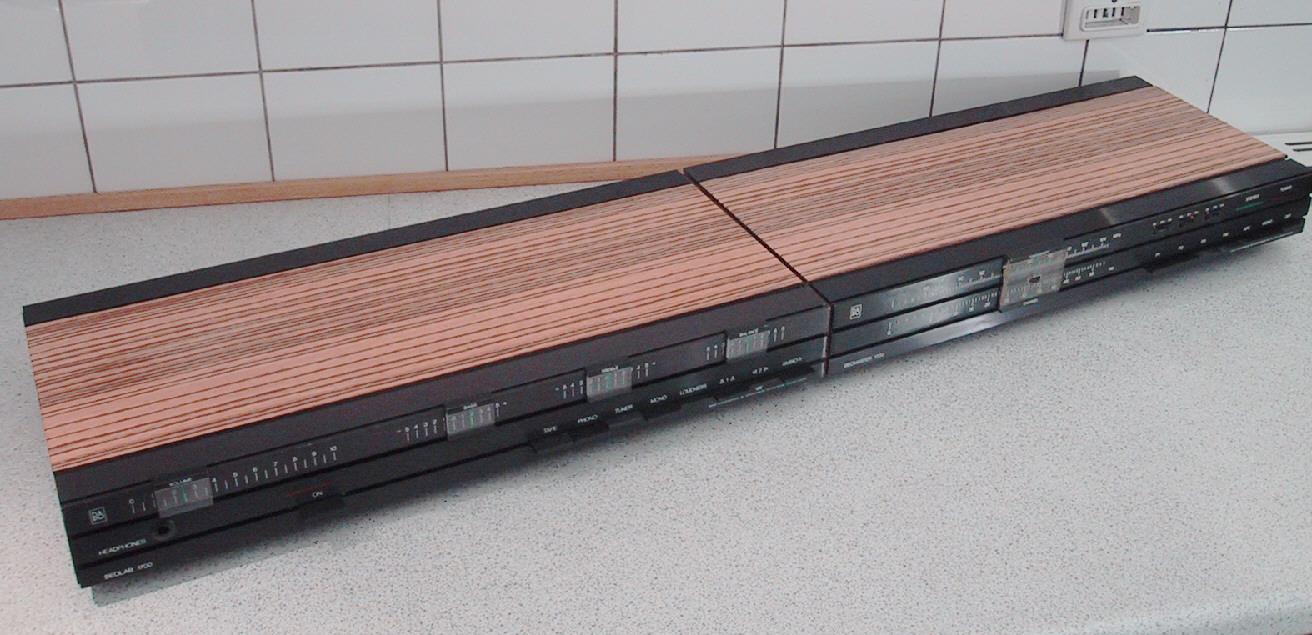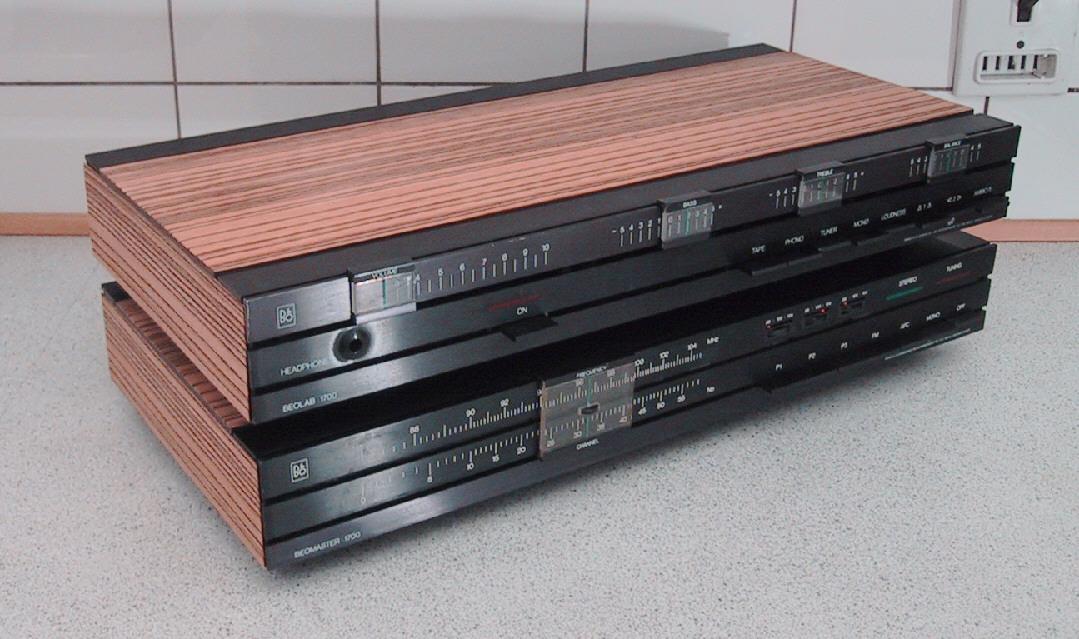Forum Replies Created
-
AuthorPosts
-
Dillen
ModeratorYes, you can set the tracking force as shown in the user manual.
But check your stylus first. It could be dirty. That’s one of the most common causes for distortion together with bad cantilever suspension.Martin
Dillen
ModeratorSounds like a problem with the tracking system.
It’s a opto sensor and a lamp, with an interrupter in between.
Either the lamp has died or the sensor has gone bad (they can deteriorate internally).
Some times both.
(Electronic faults in this circuit are rare).The Molykote you mentioned is a fast-hardening coating.
That’s not what you want here. You need a long-term (decades rather than weeks),
grease to make the carriage move smoothly and jerk-free.Lamp, sensor, correct grease is all available from Danish Sound Parts.
Martin
Dillen
ModeratorDillen
ModeratorAny DC voltage on the motor tabs?
Martin
Dillen
Moderator- Record ends can be troublesome.
Whereas there are clear standards for where the lead-in grooves are located (with reference to record center), there are no standards for lead-out.
Is the problem present with all records? - In standby place a tracking force scale under the tonearm. Press and hold >> for a few seconds and the tonearm will lower onto it. When done, press STOP.
- Depends on what stuff is on the arms.
Martin
Dillen
ModeratorBeocenter 5000 has a quite powerful and well-sounding amplifier.
Any passive speakers will suit it – the larger the better results.
It will drive even very large Beovox models, so you can let your room and wallet decide.
I would say anything from Beovox S45 up.Martin
Dillen
ModeratorSolder joints crack from microscopic vibrations, typically eminating from the mains transformer and from the general
operation of the deck.I’m sure it can be repaired.
Any french repairers here?Martin
Dillen
ModeratorWhat is the problem with the two original woofers?
Martin
Dillen
ModeratorThe local B&O shop may not be able to repair it. That’s probably true.
But there are countless others who can.
Parts are usually no problem. Most problems are caused by aging capacitors and bad solder joints. All perfectly fixable.Where are you?
Martin
Dillen
ModeratorTR4 or TR5 shorted.
Replace both (BC337).Martin
Dillen
ModeratorNice work.
And next the grey ones in the amplifier stages.
And – remember – no low-ESR capacitors in these circuits!Martin
Dillen
ModeratorHave you checked the backup battery?
Martin
Dillen
ModeratorMatching the veneer across the top of both pieces was a nice touch.
Well spotted. 🙂
Martin
Dillen
ModeratorHave you checked if the lower glass panel has come lose?
If the glass comes away from its plastic holders, the conductive rubber bumpers will no longer
have contact.
It can also happen, if the glass was fastened using very thick tape.Martin
Dillen
Moderator-Ripple on supply to the processor.
-Bad reset circuit.
-Bad processor.
In that order.Martin
Dillen
ModeratorLosen the three transport screws. They are found under the platter.
With the transport screws tightened for transport the belt will almost always come off when the motor is started.
The same goes for Beogram 1203, Beogram 2000, Beogram 3000.Martin
Dillen
ModeratorThe wooden trim strips are to narrow to really make Zebrano look any good on a BG8000, I think.
I did a Beosystem 1700 in Zebrano many years ago.
To this day I am not sure if I really like it – or even if I actually liked it back then. But the original veneer was too far gone,
so something had to be done, and I was keen on trying.Martin
Dillen
ModeratorI don’t think I have any of them at present, but it would perhaps be helpful, if you could tell the type of
the single original woofer you have, so they can be matched.VIFA M25WN-40
SEAS 25 F-EWR
SEAS 25 F-EWMartin
Dillen
ModeratorAnd a Beogram 4000C with several defects.
Impressive.Martin
Dillen
ModeratorHave you tried it with a record on the platter?
With no record it will only spin briefly – while the record sensing system operates.The light staying on at all times could be as simple as a shorted transistor.
A bad batch of BC337 was used in production, so it’s not uncommon to see some fail.Martin
- Record ends can be troublesome.
-
AuthorPosts


